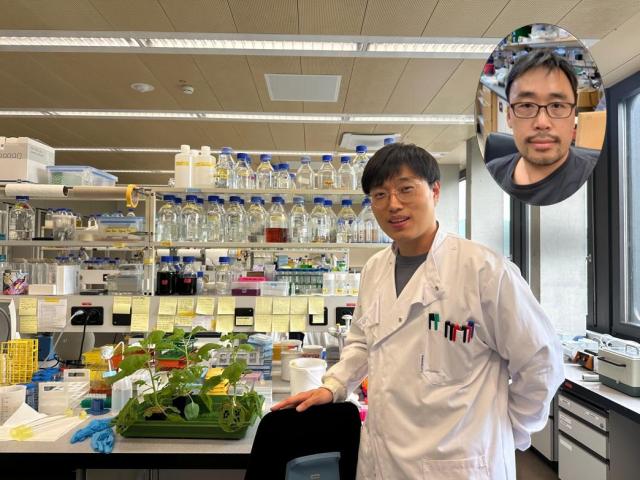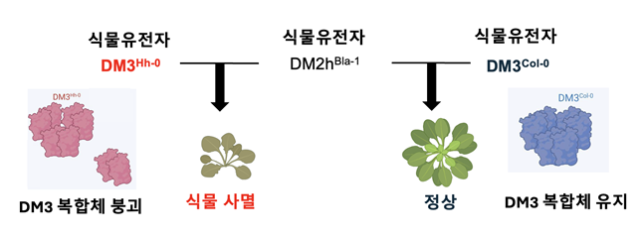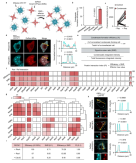
SEOUL, July 23 (AJP) - A research team led by KAIST has pinpointed the structural cause of a long-standing puzzle in plant biology: why certain plants, after being crossbred, mistakenly trigger immune responses against themselves and fail to survive.
In collaboration with the National University of Singapore and the University of Oxford, the team used cryo-electron microscopy to identify how a specific protein, known as DM3, misfolds in certain genetic combinations, leading to a self-inflicted immune reaction known as hybrid necrosis.
The problem has frustrated scientists for years. When two different plant varieties are bred, their offspring sometimes grow weak and die prematurely, despite appearing genetically compatible. This phenomenon, often tied to immune system overreaction, has been difficult to predict or prevent.
KAIST researchers found that one version of the DM3 protein, called DM3Hh-0, fails to bind its six subunits properly. The plant's immune system recognizes this irregular structure as a threat and reacts accordingly. In contrast, another version, DM3Col-0, forms a stable complex and does not trigger a response.
"The immune system can recognize not just pathogens from outside, but also structural problems within its own proteins," said Professor Song Ji-jun of KAIST's Department of Biological Sciences, who led the research. "This sheds light on how plants interpret internal changes as potential danger."

Using high-resolution cryo-electron microscopy, the team visualized the structure of DM3 and determined that the issue was not related to its enzymatic function, but rather to how well the protein units stick together. Loose binding appeared to be the key trigger.
"This study brings together structural biology, genetics, and cell biology to explain a phenomenon that plant scientists have struggled to make sense of," said Dr. Kim Ki-jung, a postdoctoral researcher at the University of Zurich and one of the study’s first authors. "It gives us a clearer picture of how self-immunity works in plants and why certain genetic mixes can go wrong."
The research team says the findings may help guide future crop breeding strategies by identifying potentially incompatible combinations in advance. The study titled "Structural determinants of DANGEROUS MIX 3, an alpha/beta hydrolase that triggers NLR-mediated genetic incompatibility in plants" was published on July 17 in Molecular Cell, a peer-reviewed journal affiliated with Cell.
The project was jointly led by Professor Song of KAIST and Professor Choi Eun-young at Oxford. Co-first authors include Dr. Kim and Dr. Wei-Lin Wan of the National University of Singapore. KAIST Ph.D. student Kim Na-yoon is listed as the second author. The work was supported by KAIST’s Grand Challenge 30 initiative.
Copyright ⓒ Aju Press All rights reserved.




